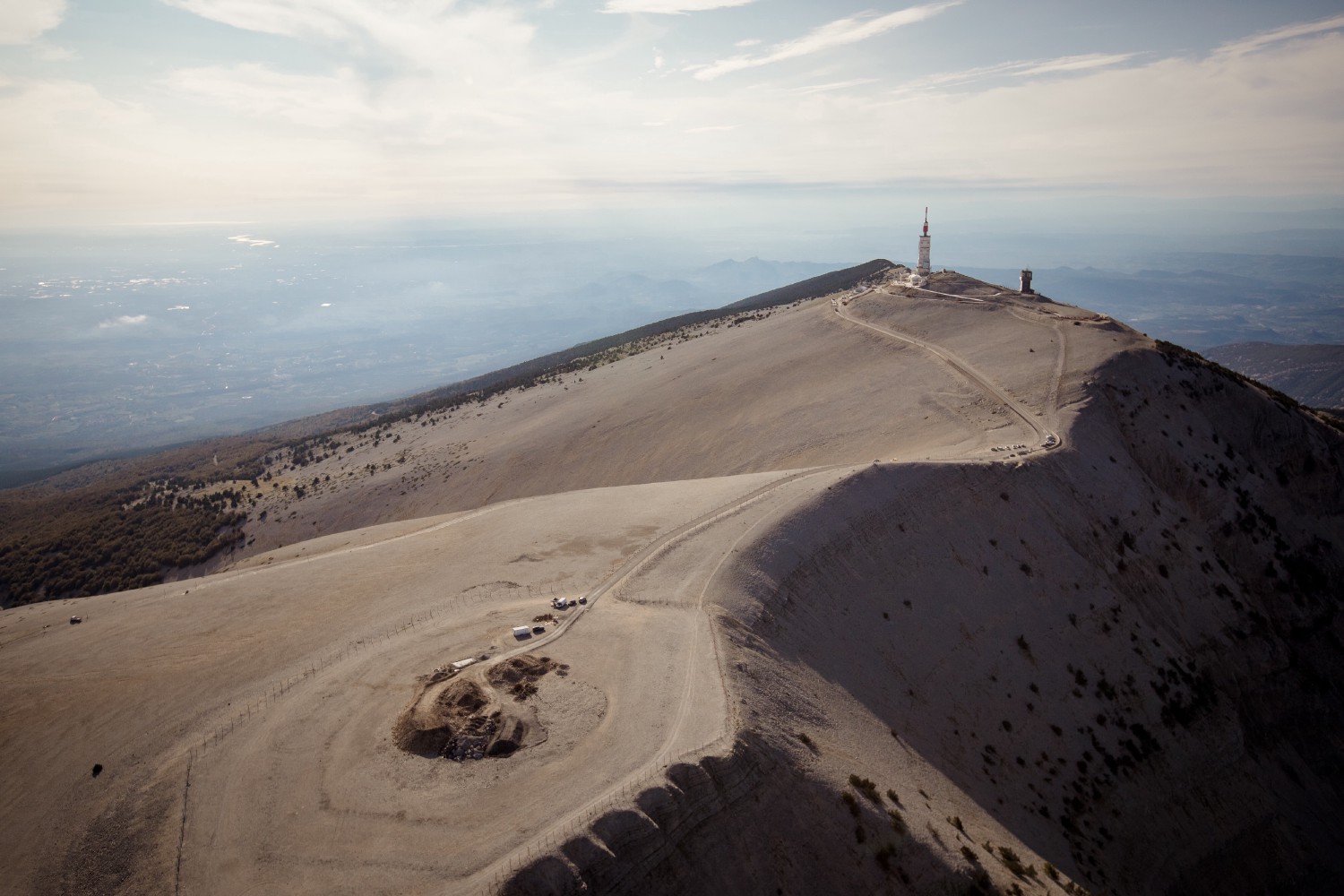Before you go any further...
I've read and accept the Terms of Use and the Privacy Policy.
I accept to receive newsletter and other communications associated with firms of The Explorers Network group'
I accept to receive commercial offers of The Explorers Network partners'.
Thanks!
Vote everyday for your favorite content
SENSITIVE CONTENT
This media contains sensitive content which some people may find disturbing or offensive.
You must be 15 years of age or older to view sensitive content.
Log inBirthday
Content being validated
THE EXPLORERS +
Watch our premium movies
The Explorers + is our premium movie catalog in Ultra High Definition (HD/4K/8K)! Hundreds of videos already available and daily new content on all your devices (web, mobile, tablets, smart TV).
Post content (photo or video) and get 1-month free
OR
Subscribe and support The Explorers Foundation's field actions for biodiversity.

Content being validated
A complex geological evolution
0
0
At the end of the Eocene and the Pyrenean-Provençal compression, the formation of the large basins of Carpentras, Malaucène, and Vaison and of the collapse ditches of Aurel-Sault and Barroux individualized the Mont Ventoux. For twenty million years, it formed an island above the shallow sea that covered the Rhone Valley. The Alpine uplift of the Middle Miocene (from -16 to -2 Ma) gave the massif its current structure following the closure of the Strait of Gibraltar and the 4,921 ft (1,500 m) drop in the level of the Mediterranean Sea. During the Quaternary, the uplifting of ripples and the deepening of the hydrographic network continued. The current facies of Mont Ventoux - characterized by the development of karstification and the formation of the cryoclastic scree of its summit cap - is due to the alternation of glaciations and warmer periods.
Related content

Médias en cours d’exploration

